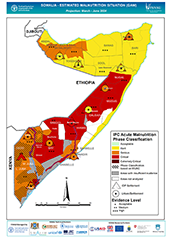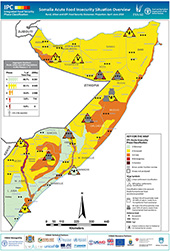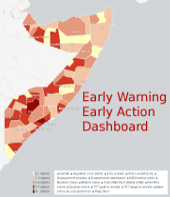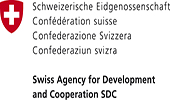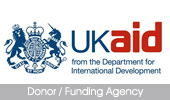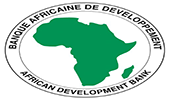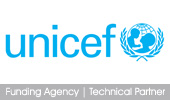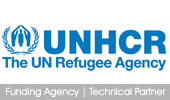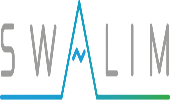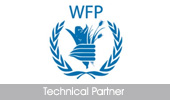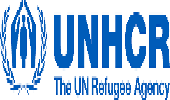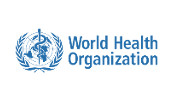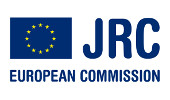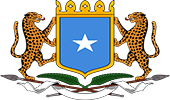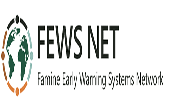Issued: March 31, 2025
- Poor rainfall, flooding and persistent conflict are driving 3.4 million people into high levels of acute food insecurity (IPC Phase 3 or above) across much of Somalia. Between July and September 2025, around 624,000 people (3 percent of the population) have been experiencing Emergency levels of acute food insecurity (IPC Phase 4), while more than 2.8 million people (15 percent of the population) have been experiencing IPC Phase 3 (Crisis). In northern regions, poor rainfall and drought conditions led to failed crop production and poor livestock production and reproduction. In central and southern Somalia, conflict and flooding hampered crop production in agropastoral and riverine livelihoods leading to population displacement, disrupting livelihood activities and market access. The most affected households include farmers with low agricultural production that have exhausted their food stocks, internally displaced people (IDPs), and poor pastoralists who own few animals and earned below-average income from livestock. Those who are most affected are found throughout the country and are most represented in the areas classified in Phase 3. They should be supported with urgent humanitarian food assistance aimed at saving lives, reducing food consumption deficits and protecting livelihoods. In comparison to the same period last year, when approximately 3.6 million people were classified in Phase 3 or above, the current figure of 3.4 million people represents a 5 percent reduction. This is attributed to the positive impact of average to above-average rainfall in most parts of southern Somalia and continued humanitarian assistance, albeit at a much-reduced level.
- In the projection period (October to December 2025), the food security situation is expected to worsen as the Deyr season rainfall is likely to be below normal. Below-average rainfall, high food prices, continued conflict, and localised flooding are projected to drive 4.4 million people (23 percent of the population) into high levels of acute food insecurity (Phase 3 or above). During this period, the food security situation of urban IDPs in Bay and Bakool is expected to deteriorate from Phase 3 to Phase 4. Among urban populations in Nugaal (Burtinle and Eyl), the food security situation is likely to deteriorate from IPC Phase 2 (Stressed) to Phase 3.
- In terms of acute malnutrition, between August 2025 and July 2026, an estimated 1.85 million children aged 6–59 months are expected to suffer acute malnutrition (GAM). This includes approximately 421,000 children likely to suffer severe acute malnutrition (SAM). Most of these children are concentrated in southern Somalia. Compared to the same season last year, the current estimates represent a 12 percent increase in GAM and a 5 percent increase in SAM.
Click this link to download full report in pdf format.
